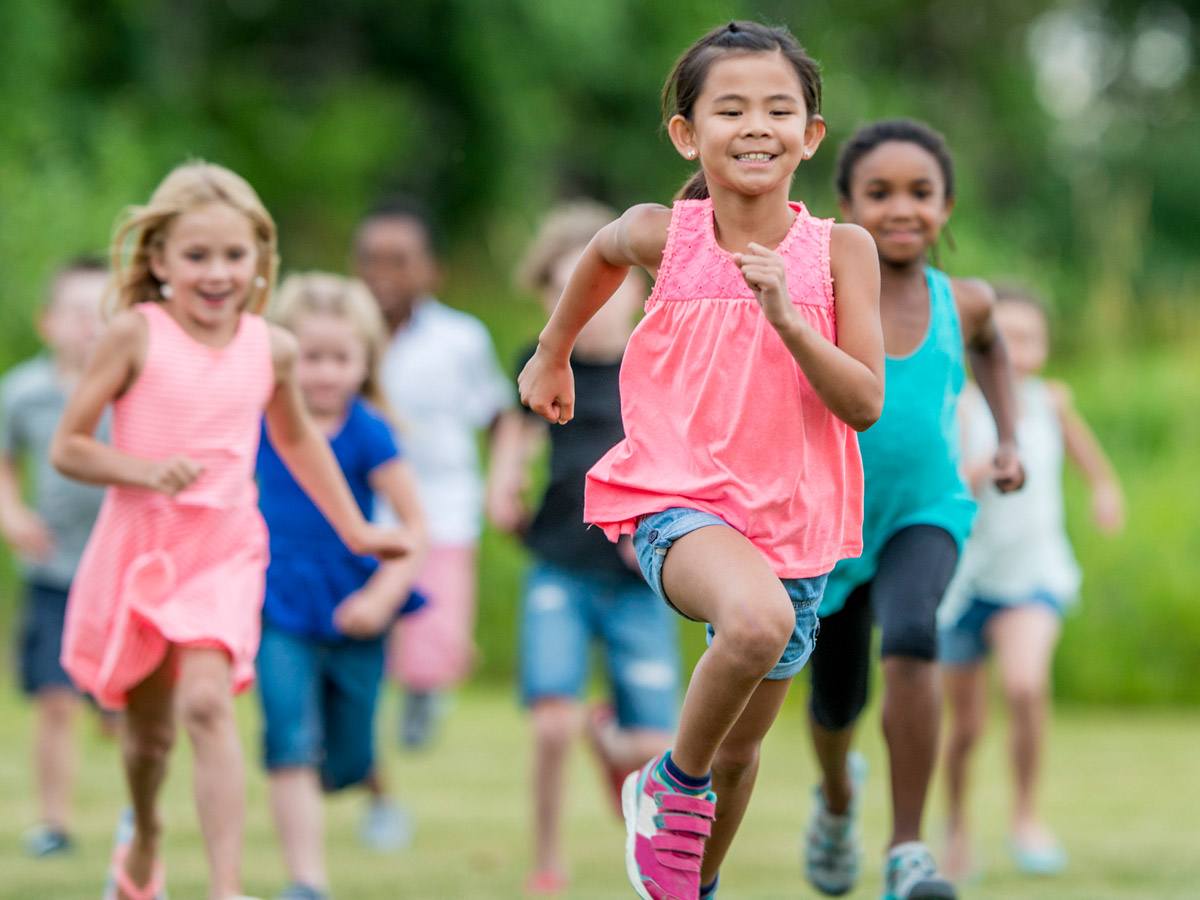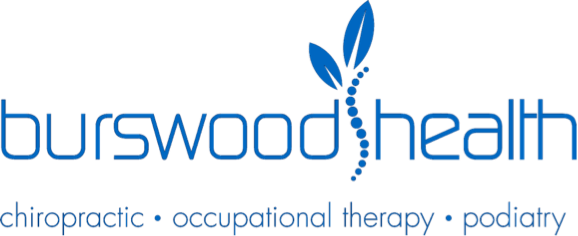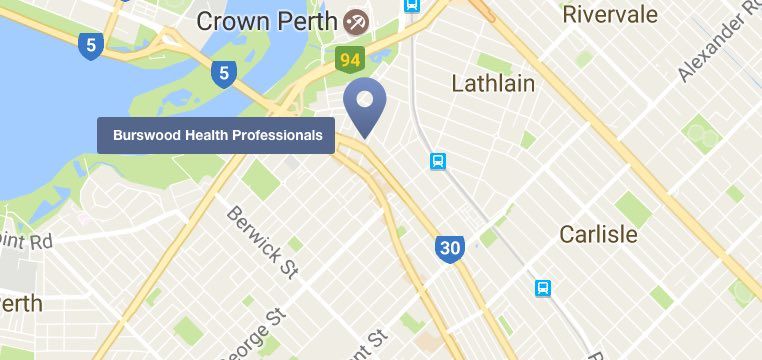Paediatric Education
Paediatric education is about parents and older kids knowing about their condition and what to expect as the child develops.

Understanding common paediatric conditions
Paediatric education is about parents and older kids knowing about their condition and what to expect as the child develops. Common paediatric conditions that appear in early childhood through to teen years can be:
- Intoeing, outtoeing, knees or legs rolling inward or outward (bow legs, knock knees)
- Flat feet or toe-curling, club foot
- Stability in the ankles or legs, tip toe walking, or not walking, bouncy walking
- Pain in the knees, back, ankles, or hips
- Overuse injuries or growth pains as a child grows
- Ingrown toenails or excessive blistering, callouses, or cracking of the skin
- Recovering from injuries such as crushing, sprains, or broken bones
The positive effects of early treatment
Paediatric education is about knowing the many stages of formation a child’s body is going through. The last bone in a child’s feet start to form when they’re 3 years old, and most of our bones finish forming by 18.
It is critical to get an assessment at the first signs of a condition because a child’s foot is in a constant state of change. The Paediatric treatment process is to:
- Assess early development concerns like posture, gait, toe walking or flat feet
- Strengthen muscles through specific exercises and stretching
- Check shoe size and fit every few months
- Where necessary, ensure that orthotics is used as prescribed
- Manage the right amount of exercise
- Treat strains or injuries and monitor recovery
Recognising footwear as part of the treatment
One of the goals of paediatric education is to help children keep their feet safe, healthy, and comfortable.
In the early years, going barefoot helps children develop balance, posture, and coordination. However, children should have footwear where their feet need to be protected from debris, hot bitumen, or injury. Additionally, shoes should be tried on and measured for stability and fit. Make sure to try on both shoes, not just one and make sure there is adequate toe room.
Safe shoes usually have lace or Velcro closures and fit firmly on the feet without pinching or sliding. A shoe with a thin, non-slip sole is usually better than a shoe with a thick sole. Purchase at least two shoes and rotate shoes. Dispose of shoes that show extreme wear, especially in the heel or cause the shoe to become loose. Choose special use shoes using the following guidelines:
Other Pain You Might Feel
Children's Foot Conditions
Does your child have foot pain? Or even balance/postural problems? Read more about common foot conditions in children and how we can help you and your child.
Dress shoes
Shoes for special occasions like weddings should be carefully selected. Lightweight shoes that bend with the foot while walking such as shoes made of leather give a better fit than many vinyl shoes.
Sandals and heels
When picking sandals look for a firm, closed heel that doesn’t slip and fits snuggly against the contour of the foot. Be careful choosing heels, the height of the heel shifts the pressure of the body into the toe. This is especially important for young feet.
Sports shoes
Choose an ‘all-sport shoe’ for children under 10. For older children, teens, and adults choose a shoe designed for the specific sport. Try on sports shoes with the type of sock to be worn for the sport and allow some extra room in the fit for normal swelling during activity.
The appropriate footwear is a shared responsibility with the parents and the podiatrist. Call us, 08 9361 26 28. Book with our experienced practitioners to see how we can help you and your child.


